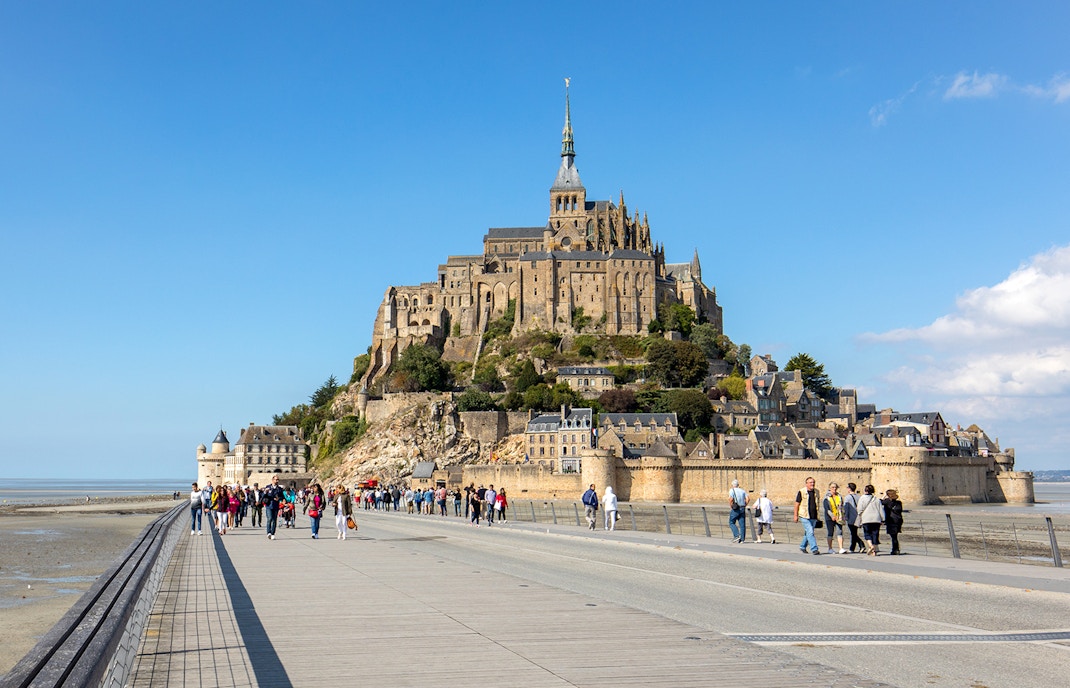Normandy is a historic region in northern France, stretching along the country’s northern coast where the land meets the English Channel. It lies roughly 200–250 kilometers (125–155 miles) northwest of Paris, making it easily accessible by train, car, or guided tour.
If you are going on day tour from Paris to Normandy, you’ll mostly be going to the region’s most iconic sites like the D-Day landing beaches, such as Omaha, Utah, Juno, and Gold, as well as the cemeteries, museums, and battlefields that mark the WWII liberation route. Some tours also include a visit to the fairytale-like Mont Saint-Michel, perched on its tidal island off the western Normandy coast.




